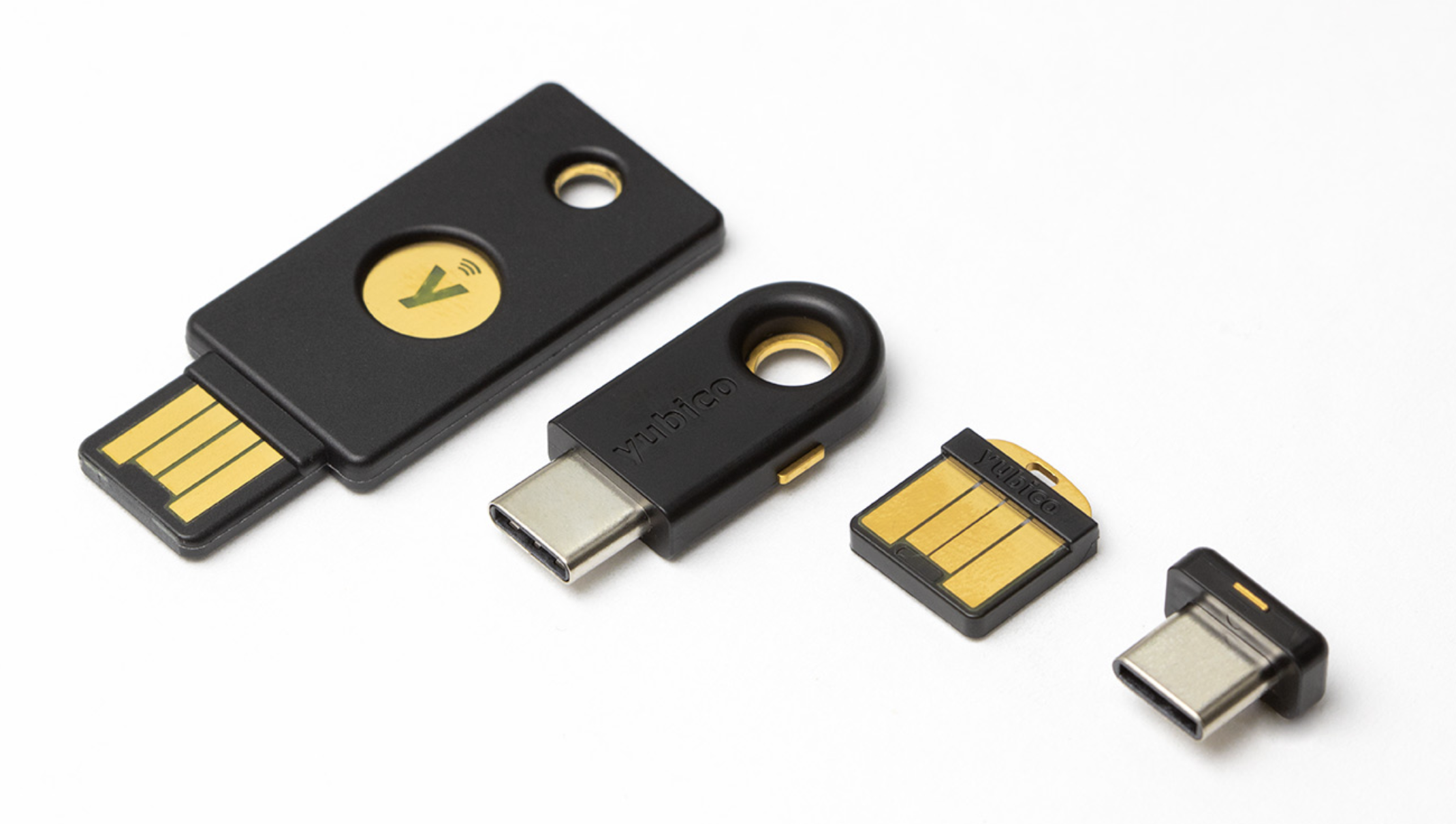
If your key has a gold tip, tap and then press it.  If you see a message from "Google Play services," select OK. Connect your key to the USB port in your computer. Your device will detect that your account has a security key. On your computer, open a compatible browser like Chrome, Firefox, Edge, or Opera. Then click “Use your authenticator app instead” and enter a six-digit authentication code from your authenticator app. When you’re asked for your security key, click Cancel. If you lose access to your security key, but you also have an authenticator app set up, you can still sign in to your 1Password account: On To sign in to your account in a browser without support for security keys, add an authenticator app. Using your security key as a second factor requires a FIDO2/WebAuthn security key, like YubiKey Learn how to view and manage computers and mobile devices that are authorized to use your 1Password account. To allow another security key to be used as a second factor, click Add a Security Key and follow the onscreen instructions. To prevent a security key from being used as a second factor, click Remove next to it. When you see “Your security key was successfully registered”, click Done.įrom now on, you can use your security key the first time you sign in to your 1Password account on a new device. Your PIN is stored locally on your security key. If Windows Security asks you to create a PIN, enter one and click OK. Insert your security key into the USB port on your computer. Enter a name for your security key and click Next. Click More Actions > Manage Two-Factor Authentication. Click your name in the top right and choose My Profile. Sign in to your account on on your computer.
If you see a message from "Google Play services," select OK. Connect your key to the USB port in your computer. Your device will detect that your account has a security key. On your computer, open a compatible browser like Chrome, Firefox, Edge, or Opera. Then click “Use your authenticator app instead” and enter a six-digit authentication code from your authenticator app. When you’re asked for your security key, click Cancel. If you lose access to your security key, but you also have an authenticator app set up, you can still sign in to your 1Password account: On To sign in to your account in a browser without support for security keys, add an authenticator app. Using your security key as a second factor requires a FIDO2/WebAuthn security key, like YubiKey Learn how to view and manage computers and mobile devices that are authorized to use your 1Password account. To allow another security key to be used as a second factor, click Add a Security Key and follow the onscreen instructions. To prevent a security key from being used as a second factor, click Remove next to it. When you see “Your security key was successfully registered”, click Done.įrom now on, you can use your security key the first time you sign in to your 1Password account on a new device. Your PIN is stored locally on your security key. If Windows Security asks you to create a PIN, enter one and click OK. Insert your security key into the USB port on your computer. Enter a name for your security key and click Next. Click More Actions > Manage Two-Factor Authentication. Click your name in the top right and choose My Profile. Sign in to your account on on your computer. 
To set up your security key as a second factor for your 1Password account, follow these steps: If you don’t have a security key, use two-factor authentication with an authenticator app.








